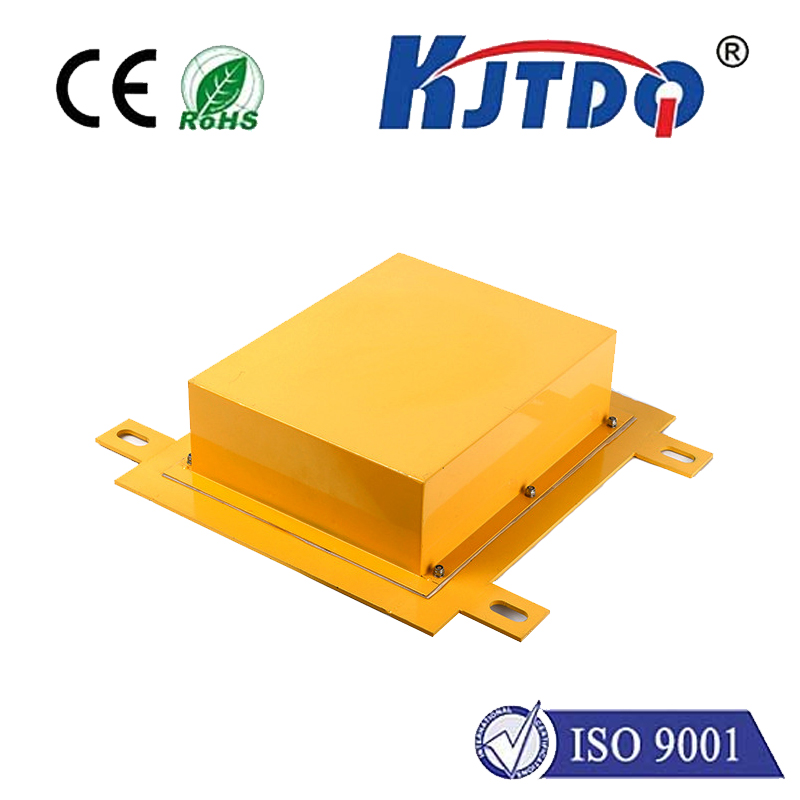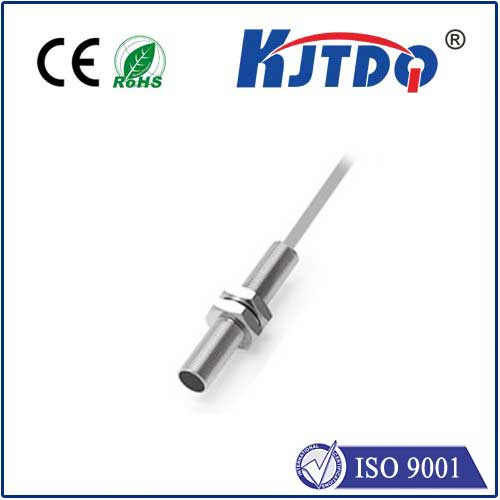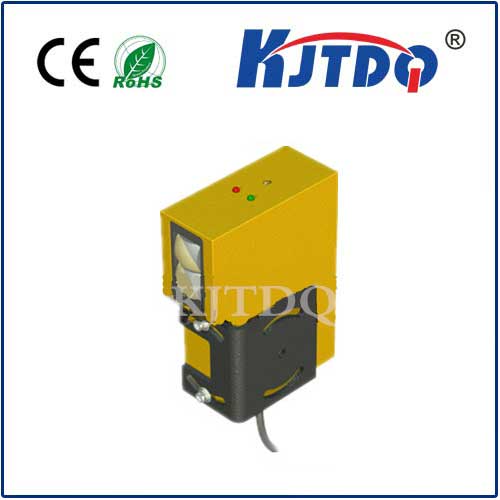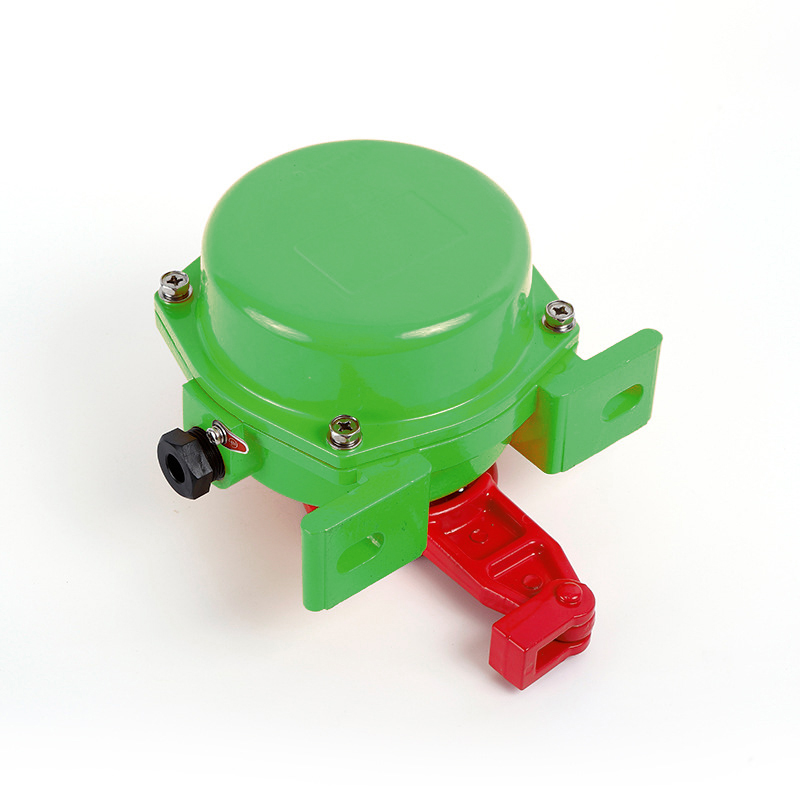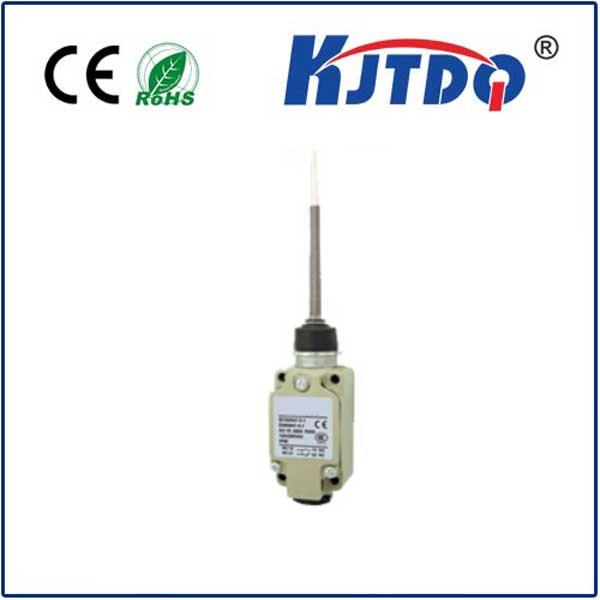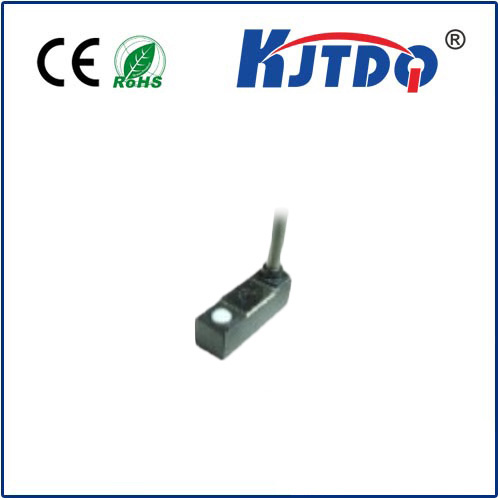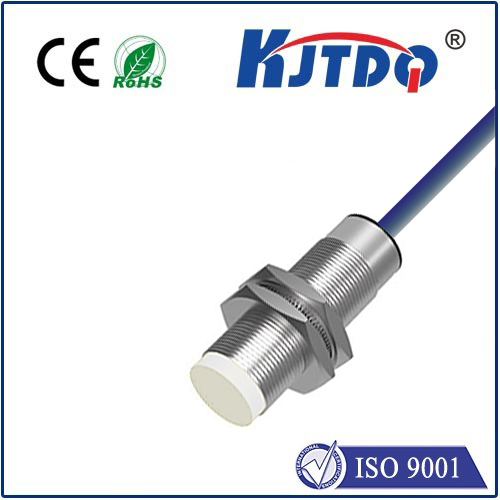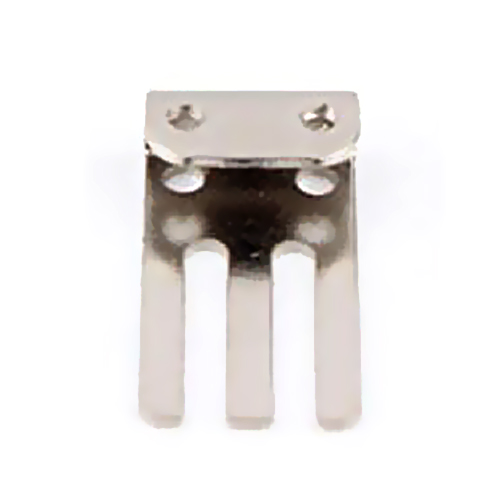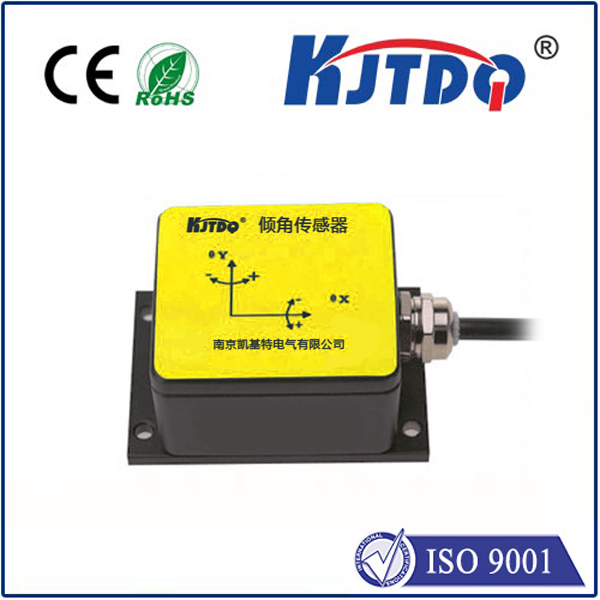

check

check

check

check
Imagine controlling complex machinery on a factory floor slippery with oil and grime. Traditional buttons gum up, membranes tear, and capacitive screens falter with wet gloves. There’s a solution operating silently, reliably, utterly immune to these harsh realities: the inductive touch sensor. This often-overlooked technology provides robust, precise interaction where others fail, making it indispensable in demanding environments. This article delves into the world of inductive touch sensors, exploring their unique advantages, operating principles, and the critical industrial roles they fulfill.
Unlike their capacitive cousins popular in smartphones, which detect changes in an electrostatic field caused by conductive objects like a finger, inductive sensors operate on a different fundamental principle: electromagnetic induction. They generate a high-frequency alternating electromagnetic field using a coil housed within the sensor. When a metallic target – even one separated by a non-conductive barrier – enters this field, eddy currents are induced within the target material.

It’s the interaction of these eddy currents with the sensor’s original field that creates the magic. The eddy currents generate their own opposing magnetic field, effectively damping the energy in the sensor’s oscillating circuit. This measurable change – a drop in oscillation amplitude or energy loss – is precisely detected by the sensor’s electronics. Sophisticated signal processing then converts this physical interaction into a clear, binary output signal (ON/OFF state), effectively registering a “touch” or proximity event. Crucially, this mechanism means the sensor doesn’t require physical contact and the target doesn’t need to be electrically conductive to the user – it just needs to be metal.
This core principle unlocks a suite of compelling advantages, particularly in industrial settings:
These strengths make inductive touch sensors the go-to solution across numerous demanding sectors:
While capacitive touch dominates consumer electronics due to its sensitivity to skin and multi-touch capabilities, inductive touch carves its niche where robustness, immunity to environmental factors, and longevity under stress are paramount. The choice isn’t about one being universally “better,” but about selecting the right tool for the specific environmental and operational demands.
When the operating conditions involve metal targets, challenging contaminants, the need for sealed interfaces, or operation with gloves, inductive touch sensing emerges as the superior, often essential technology. Its reliance on electromagnetic fields provides a level of environmental immunity unmatched by its counterparts. By enabling reliable interaction where traditional interfaces falter, inductive touch sensors are quietly powering the control systems that drive demanding industries forward, proving that true reliability often lies beneath the surface.
